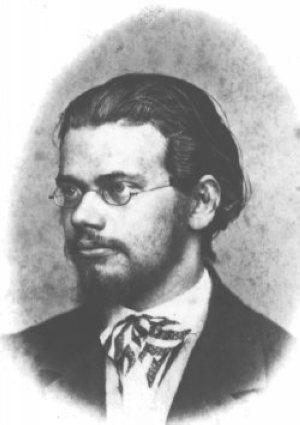
First he defined a distribution density ![]() such that
such that
![]() denotes the number of particles which at time
denotes the number of particles which at time
![]() situated at
situated at ![]() and have a velocity
and have a velocity ![]() .
The
.
The ![]() -dimensional space of the variables
-dimensional space of the variables
![]() has later been called ``
has later been called ``![]() space''.2.1
space''.2.1
The evolution in time of the function
![]() is then described by
Boltzmann's Transport Equation. We will shortly sketch the derivation
and shape of this important formula.
is then described by
Boltzmann's Transport Equation. We will shortly sketch the derivation
and shape of this important formula.
A particularly important result of Boltzmann's equation is
its stationary solution, i.e. the function that
solves the equation in the long-time limit
![]() .
It turns out that this equilibrium distribution in
.
It turns out that this equilibrium distribution in ![]() space
may be derived without explicitely solving the transport equation itself.
The strategy used to do so, called the
method of the most probable distribution, will be encountered
again in other parts of Statistical Mechanics.
space
may be derived without explicitely solving the transport equation itself.
The strategy used to do so, called the
method of the most probable distribution, will be encountered
again in other parts of Statistical Mechanics.